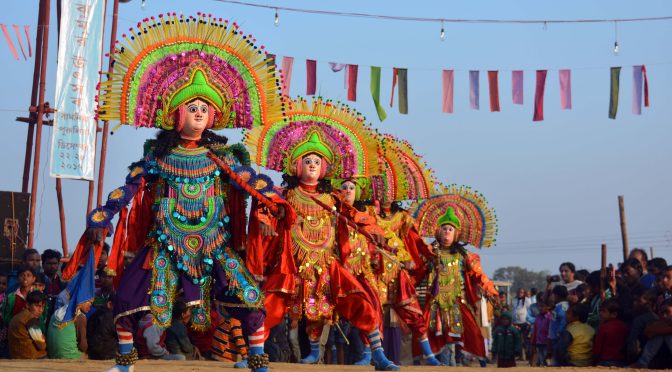Chhau dance, an exquisite and vibrant folk dance form, has been an integral part of India’s cultural heritage, particularly in the Purulia district of West Bengal, Seraikela in Jharkhand and Mayurbhanj in Odisha. This unique dance form, characterized by its vigorous movements, colourful masks, and elaborate costumes, has captivated audiences for generations and is enlisted in UNESCO’s Representative List of Intangible Cultural Heritage of Humanity in 2010. The Chhau dance finds its roots in the tribal regions of Eastern India, primarily in the states of West Bengal, Jharkhand, and Odisha. This martial dance form is a unique blend of folk traditions, mythology, and martial arts, often depicting stories from Indian epics like the Mahabharata and Ramayana. The dance is characterized by its high-energy acrobatic moves, vigorous drumming, and the use of vibrant masks that represent various mythological characters.
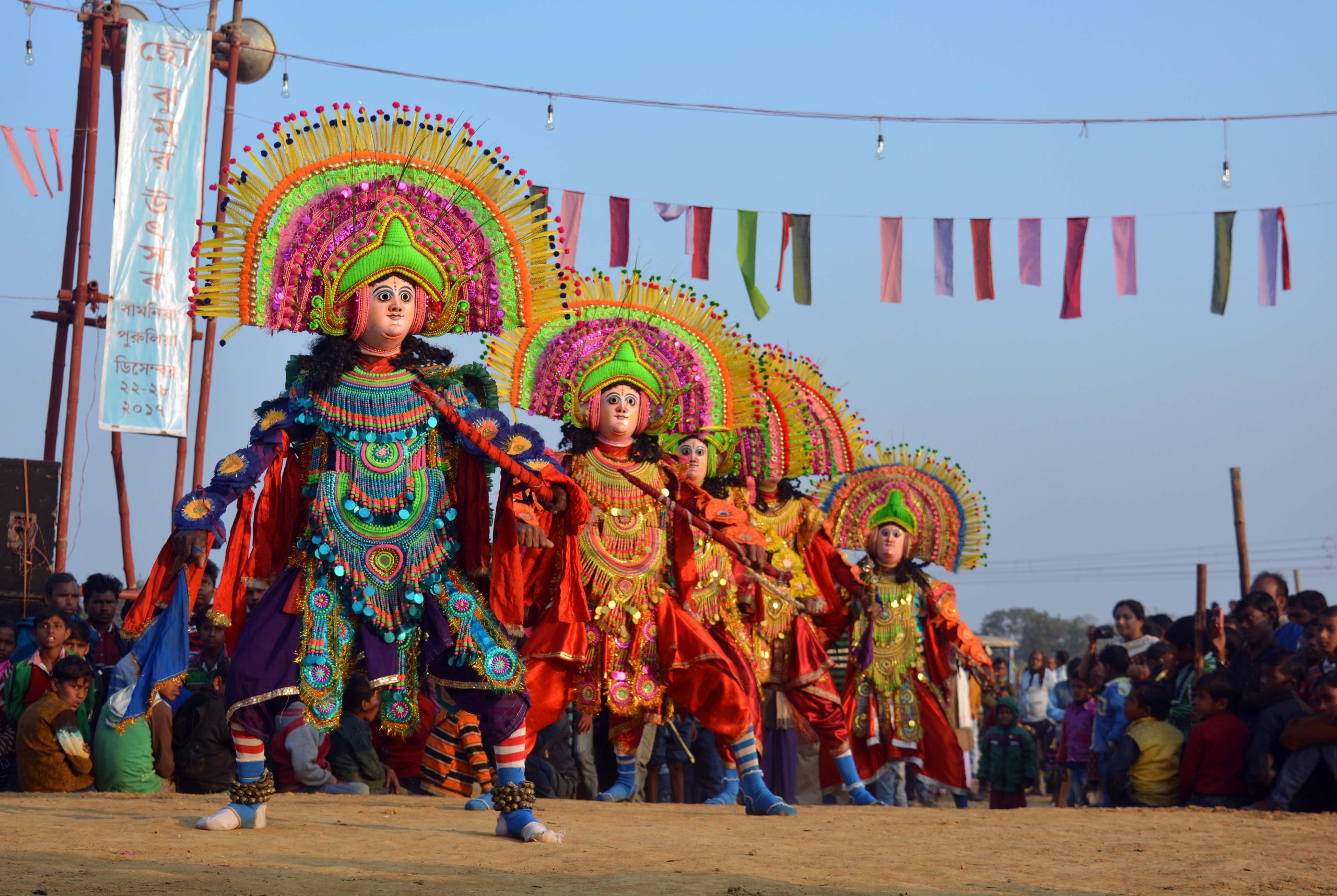
Purulia’s history of political instability due to Maoist insurgency can be traced back to the late 1960s and early 1970s when the Naxalite movement emerged in various parts of India. The significant transformation of Purulia due to the government implemented multi-pronged strategies to address the Maoist insurgency, which includes a combination of developmental initiatives, security operations, and efforts to address grievances and socio-economic disparities signalled the commencement of safeguarding local art and artists. This has been integral towards materialising this shift in the cultural, economic and political fabric of Purulia and its evolution as a cultural tourism destinations. EZCC (Eastern Zonal Cultural Centre), is one of the seven Zonal Cultural Centers established by the Government of India with the aim of preserving and promoting the diverse cultural heritage of different regions in the country. It supports various cultural activities, including the preservation and promotion of traditional crafts and art forms. In 2004, EZCC, in collaboration with Contact Base (trading style: banglanatak dot com), supported the work in Purulia, indicating its involvement in promoting the cultural heritage of the region. After that, European Union Invest in People, a development cooperation initiative that aims to support sustainable human development and poverty reduction, supported the endeavour from 2009-2011 through the provision of financial assistance and expertise in various sectors, including cultural development.
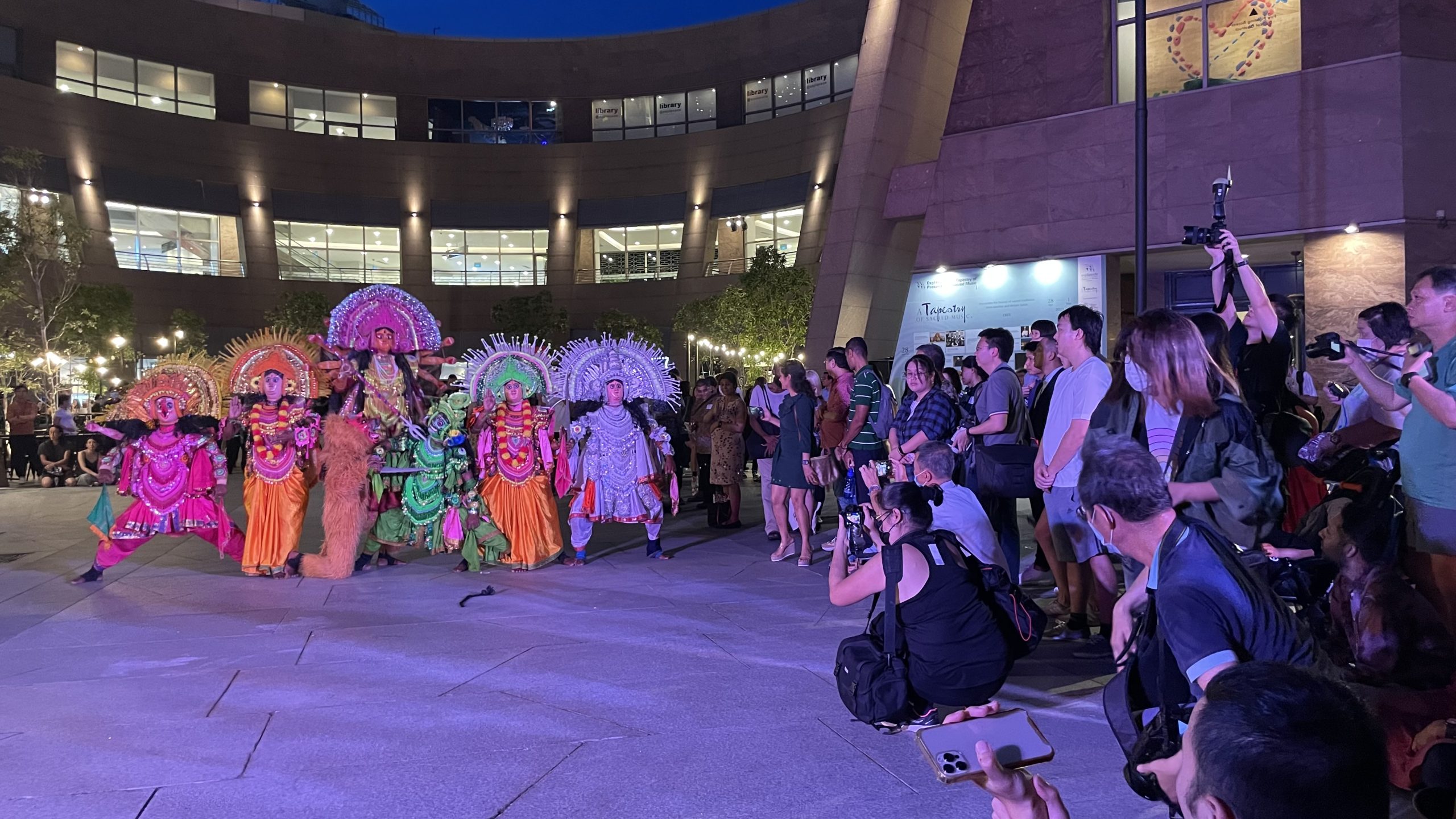
From 2013 onwards, Purulia’s Chhau got under the purview of Rural Craft and Cultural Hub project, of Dept of MSME&T (Department of Micro, Small, and Medium Enterprises and Textiles), Govt. of WB and UNESCO which aims to promote rural crafts and cultural heritage, enhance artisan skills, and create sustainable livelihood opportunities for artisans.
Safeguarding Purulia’s Chhau Dance: A Multi-Faceted Effort
To ensure the continuity and preservation of the Chhau dance, and the practitioners, extensive efforts have been undertaken, focusing on areas such as training, capacity building, market linkages, and raising awareness.
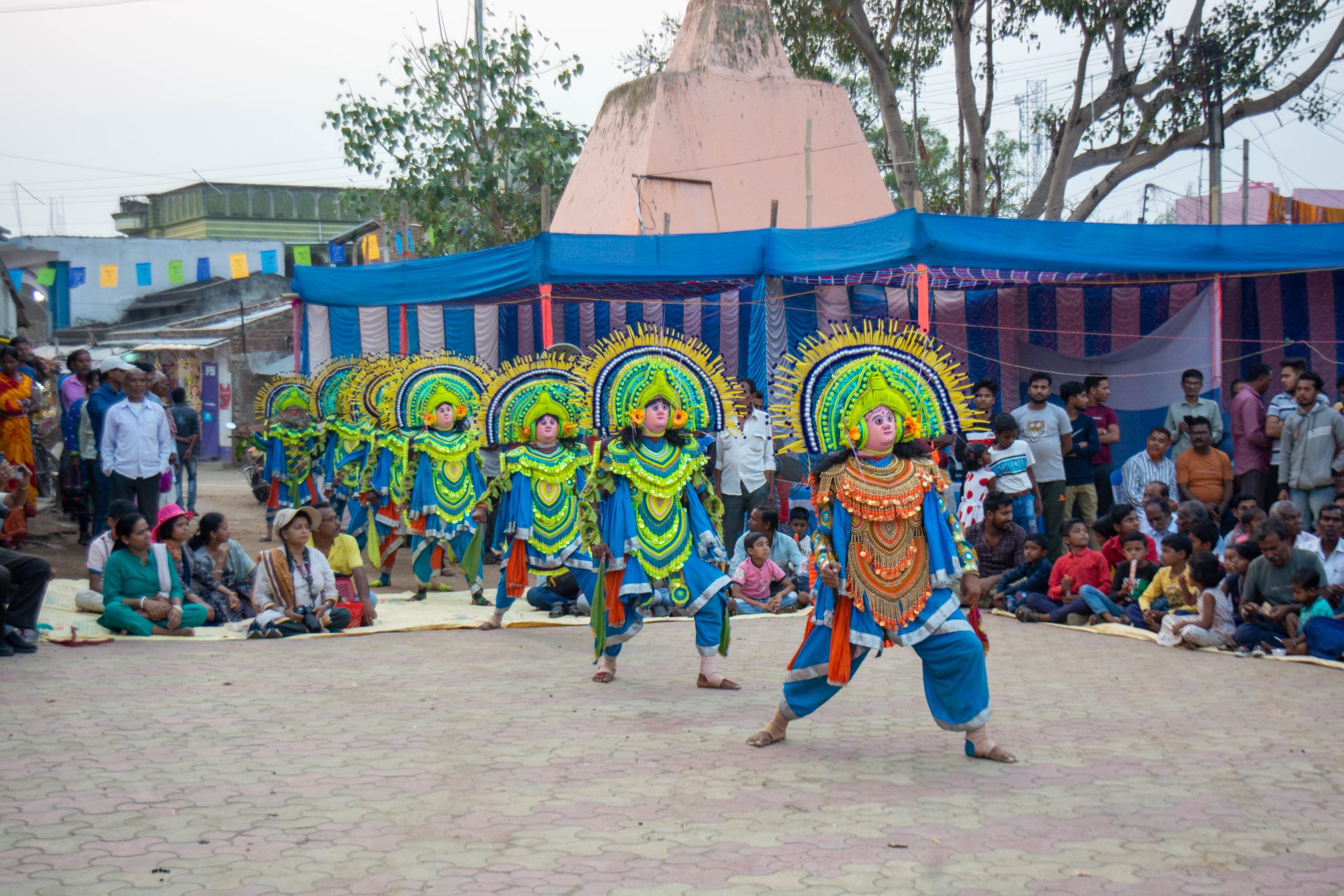
Training and Skill Development
A crucial aspect of safeguarding the Chhau dance and its intangible cultural heritage is the transmission of knowledge and skills to the younger generation. Organizations like Contact Base have been instrumental in facilitating workshops and training programs for aspiring Chhau artists. These workshops often cover basic and advanced skills in dance, music, and mask-making, under the guidance of experienced Chhau gurus, where trainings focused on existing practitioners from different age groups. This was crucial in maintaining the traditional intricacies of the dance form as involving senior gurus was the key to disseminating traditional knowledge
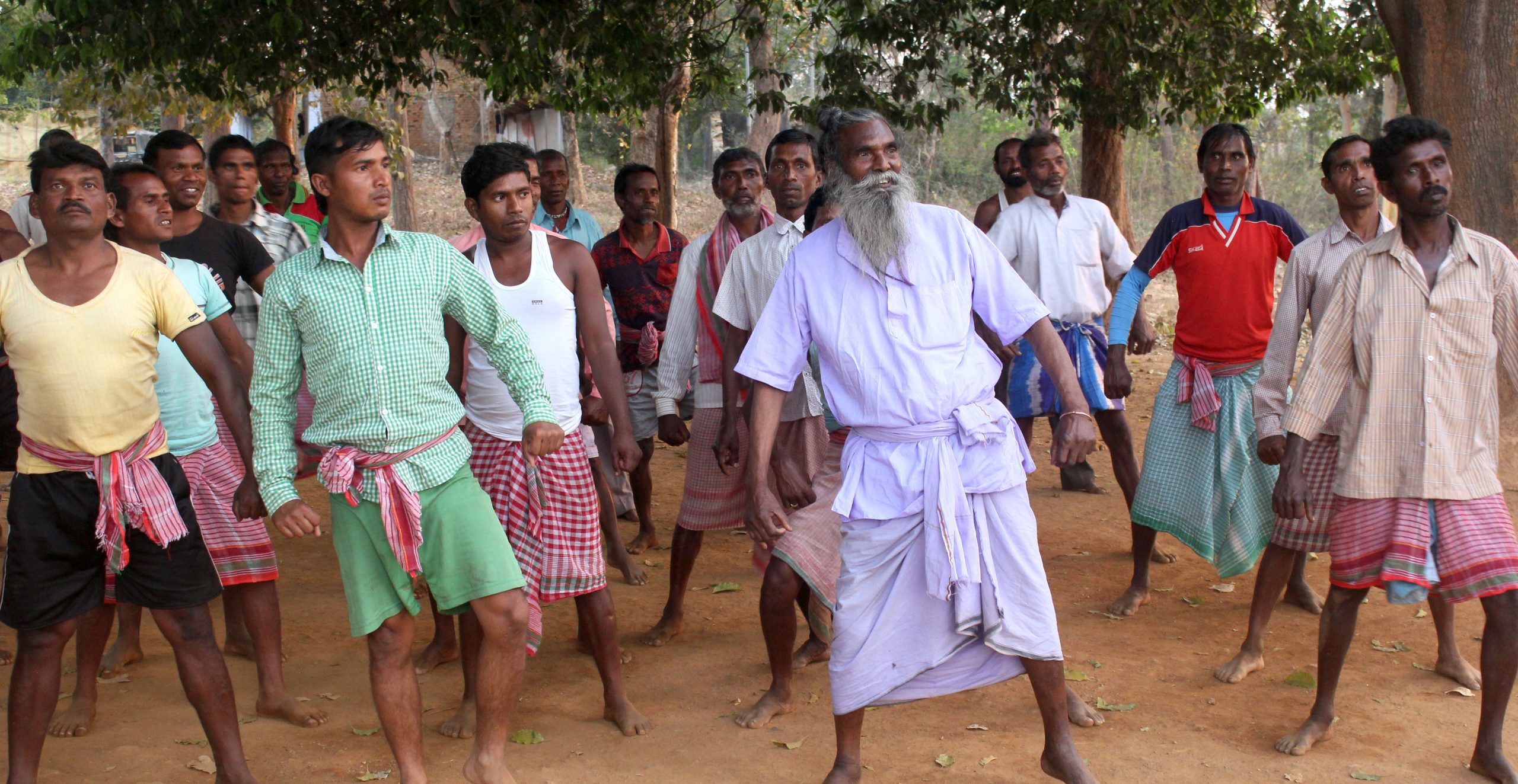
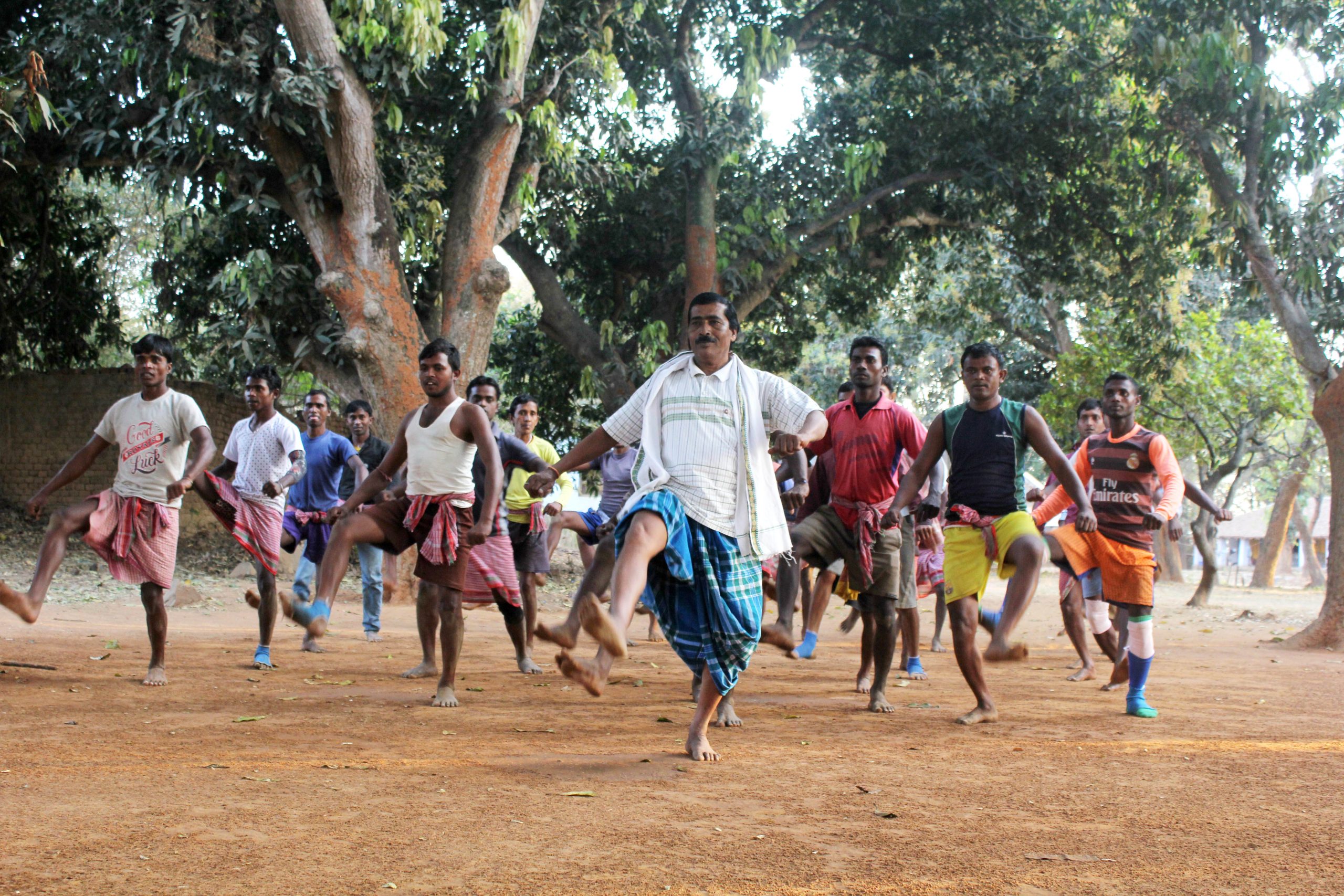
Efforts have also been made to revitalize traditional aspects of the dance, such as the inclusion of Jhumur songs, which were once an integral part of Chhau performances. Furthermore, workshops focusing on contemporary themes and stories have been organized to help Chhau artists adapt to changing audience preferences.
Market Linkages and Promotion
Establishing market linkages and promoting Chhau dance on various platforms play a vital role in ensuring its sustainability. Contact Base has been successful in creating domestic and international opportunities for Chhau artists to showcase their talent. This has not only increased the visibility of the Chhau dance but also opened new avenues for collaboration and cultural exchange by sponsoring Chhau dancers to travel abroad, expanding this intangible cultural heritage to a global audience.
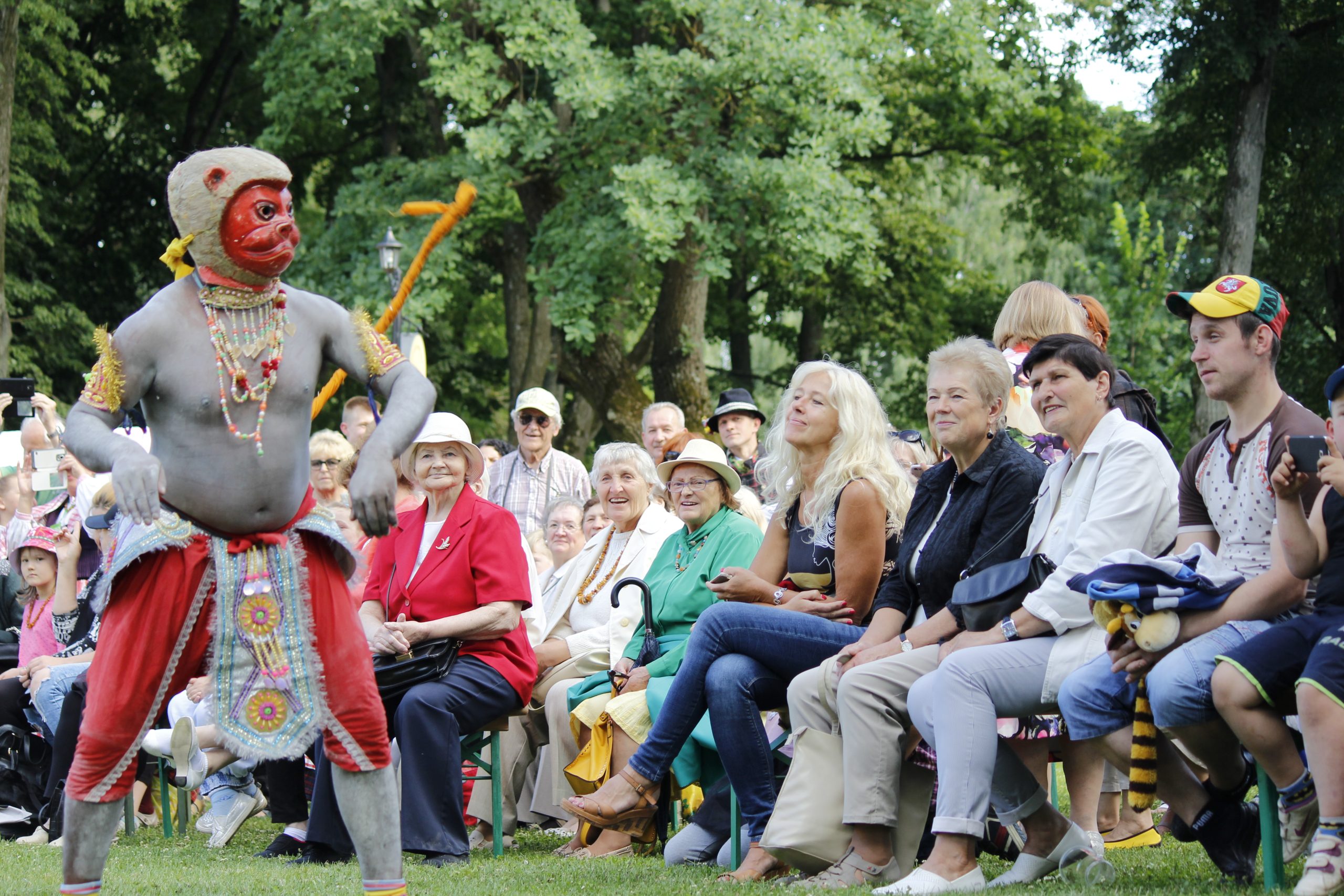
Awareness and Documentation
Raising awareness about the Chhau dance, its cultural significance, and the challenges it faces is essential for its preservation. Efforts have been made to document the dance form through audio-visual recordings, publications, and graphic novels. Chhau dance has also been included in university curriculums, further emphasizing its cultural importance. To ensure the preservation of the Chhau dance form, efforts have been made to document it through various means. Audio-visual recordings capture performances, choreography, and music, providing a valuable resource for future generations to study and understand the dance form. Documentation also helps in disseminating information about Chhau to a wider audience, both within India and internationally. Additionally, publications such as books, articles, and research papers contribute to the documentation and dissemination of knowledge about Chhau. Recognizing the cultural importance of Chhau, efforts have been made to include the dance form in university curriculums. By incorporating Chhau into academic programs, students studying performing arts, cultural studies, or related disciplines have the opportunity to learn about and appreciate this traditional art form. Integration into curriculums not only helps in preserving the dance but also ensures its academic recognition and institutional support, further fostering its long-term preservation and promotion.
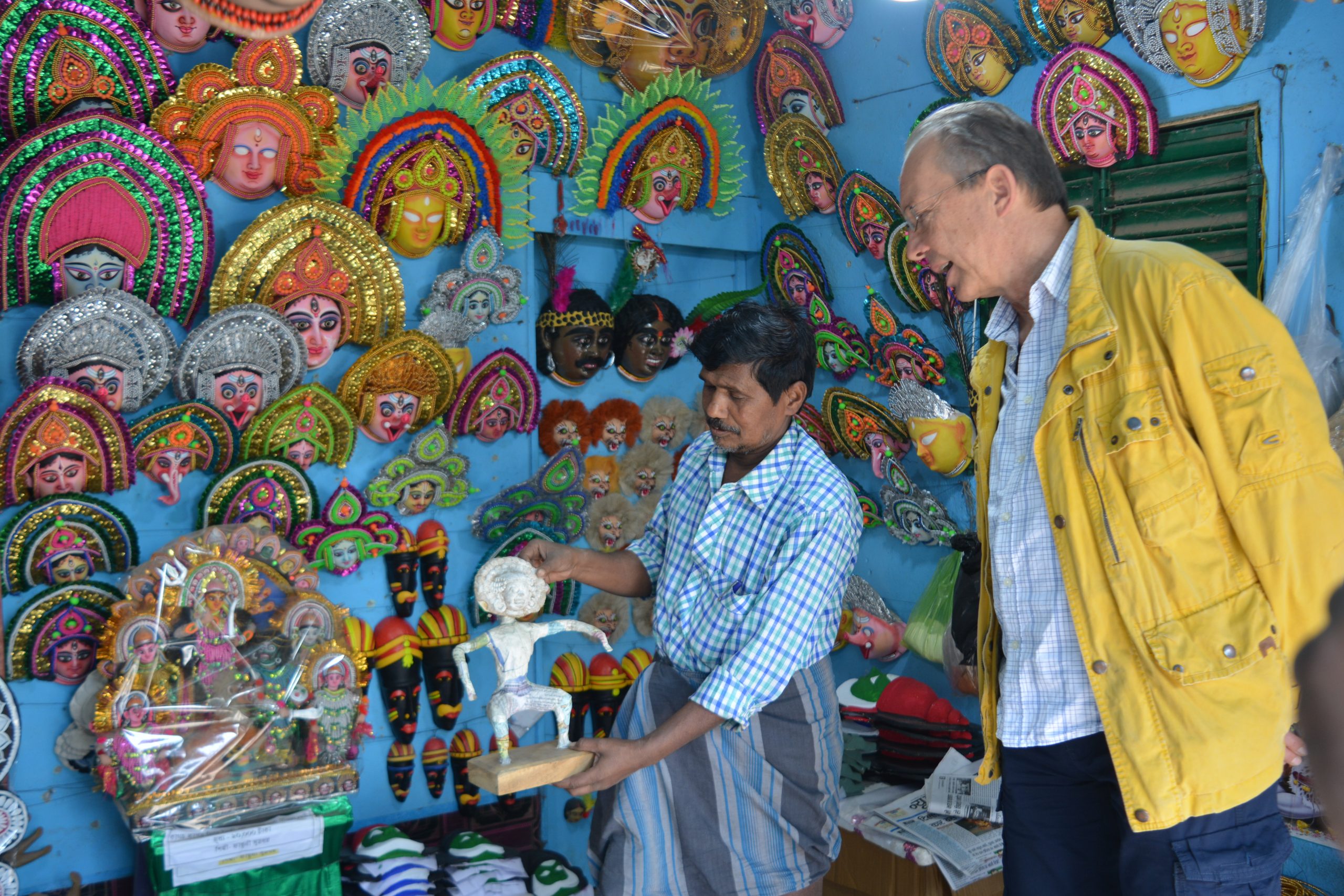
Recognition and Support
The Chhau dance has received national and international recognition for its cultural value. In 2010, UNESCO inscribed Chhau dance on the Representative List of the Intangible Cultural Heritage of Humanity. Additionally, the Chhau masks of Charida, Purulia, were awarded the Geographical Indication (GI) status in 2018, acknowledging their distinctiveness and craftsmanship, especially the process adhered to making the masks.
Impact on cultural tourism
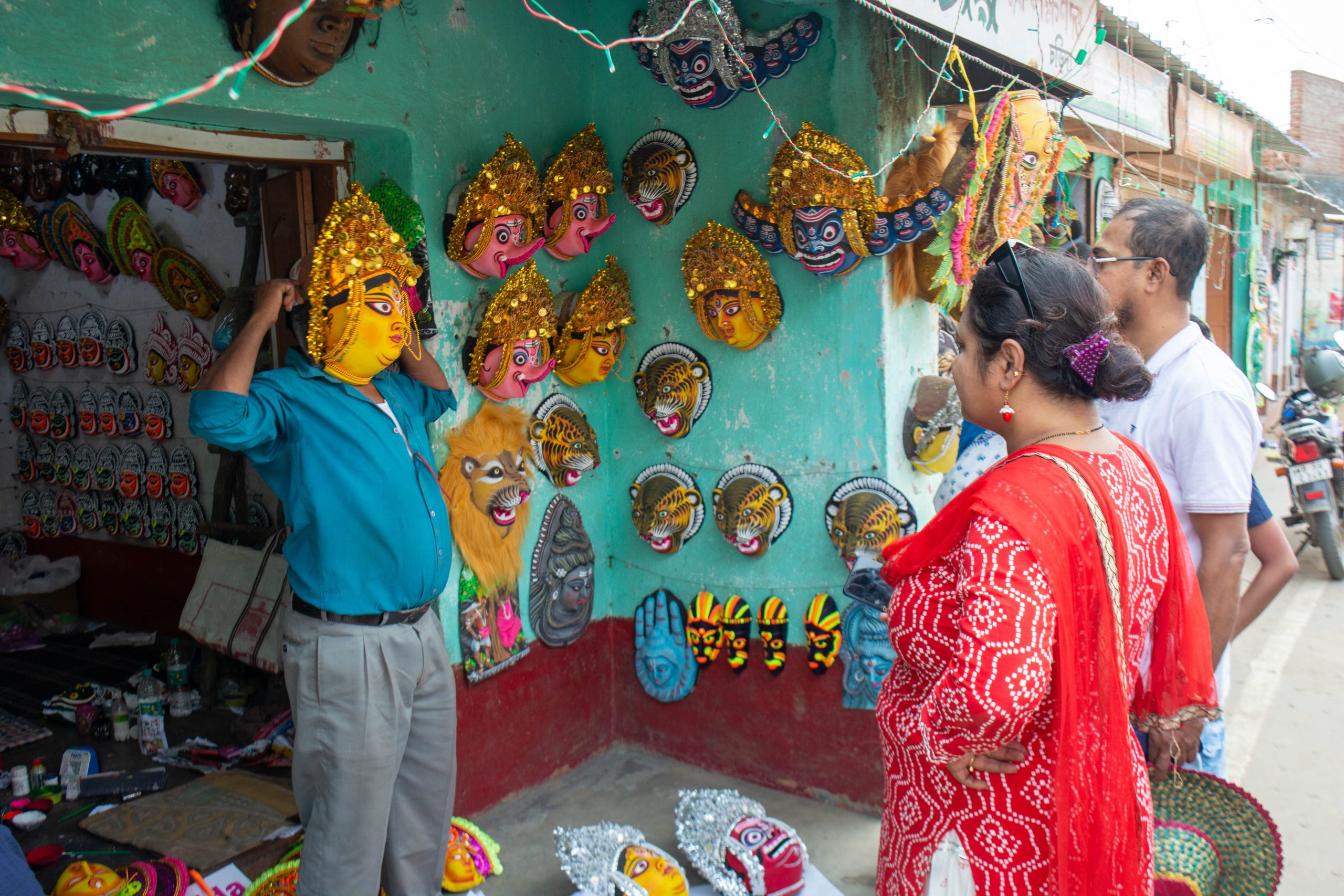
Chhau’s impact on enhancing cultural tourism in Purulia is deeply multi-faceted, playing a vital role in preserving and promoting the region’s rich intangible heritage. As a dynamic martial dance form with mythological narratives and vibrant visual aesthetics, Chhau offers visitors an immersive cultural experience that goes beyond mere performance. It facilitates cultural exchange, inspires heritage-driven travel, and contributes to destination marketing by positioning Purulia as a hub of traditional arts. The village of Charida, home to generations of Chhau mask makers, has emerged as a thriving cultural tourism destination. Tourists visit to witness the intricate mask-making process, interact with artists, and purchase Chhau masks as unique souvenirs—thereby enhancing the economic value and visibility of the craft. In return, the interest generated by cultural tourism reinforces the relevance of Chhau, both as an artistic tradition and a source of community pride and livelihood. This creates a symbiotic relationship where cultural tourism and heritage preservation nourish each other, making Purulia not just a travel destination, but a living archive of tradition and creativity.
